Crisis situation is an opportunity to reiterate company’s key messaging: Sonia Kulkarni
In the last 10 years, PR has taken a different dimension, especially after the entry of social media and the rapid shift to digital during the pandemic period. At the same time, the industry has been facing stiff challenges, moreover client expectations have also increased, with more emphasis being given to digital and online reputation management. The industry has undergone a radical shift and the current times have pushed the industry to change gears.
In conversation with Adgully, Sonia Kulkarni, Co-founder and Managing Partner, Hunk Golden & Media, speaks about her independent communications agency’s approach to meeting the needs and goals of clients, crucial strategies to handle crises, and more.
As an independent communications agency, how do you approach understanding and meeting the unique needs and goals of each client you work with? Can you share examples of challenging communication projects you have worked on as an independent PR agency?
As an independent communications agency, we have developed unique processes to assess the needs and goals of each client. We are sector agnostic, which means we work with clients across sectors from real estate, healthcare, BFSI, education, listed companies, start-ups and more. Hence, it’s extremely critical to get the brief right and sometimes we even handhold our clients to help them understand their own communication objectives correctly as the starting point of any PR exercise is to clearly set the objectives so that the campaign is outcome driven and effective. We spend intensive time with the client deep diving into the business, stakeholders, vision and use exhaustive questionnaires, which help our clients introspect and reflect on some of their challenges and requirements. We use extensive research in stakeholder mapping, key message analysis and competitive landscape which helps us arrive at the desired positioning.
We have worked on many challenging assignments or interesting projects, especially the crisis management ones that are personal favourite. We look at every mandate with a magnifying glass and literally rip apart the brief, because there’s no fun in doing the obvious. We have an innovative approach to handle such projects from product launches to category creation to market penetration. We have been working closely to build a narrative around the smart protein sector especially promoting awareness around plant-based meat.
There’s no one way or method of overcoming obstacles and achieving successful outcomes. It’s always a work in progress. There are no rights and wrongs; and there are a lot of trials and tribulations. One keeps learning and improving as you go along the way. A particular strategy will work very well in a given situation, but may fail miserably in another environment. As communication experts, we have to be agile, adaptable and think way ahead of our clients. We must have foresight to envisage and pre-empt to not only manage, but succeed in challenging situations.
What strategies do you employ to manage and prioritise multiple clients and projects effectively, ensuring timely and high-quality deliverables?
As mentioned earlier, a process-driven approach enables us to prioritise multiple clients and projects effectively ensuring timely and high-quality deliverables. It’s important for the client and agency to be on the same page along with respective teams. Constant cross-checks to ensure that timelines are met or in case there are any deviations then we can quickly manoeuvre and stay on track. We also deploy various tools, but most importantly, constant engagement is the key.
Could you share an example of a project where you had to manage a limited budget or resources? How did you optimise your strategies to achieve maximum impact within those constraints?
We work with predetermined budgets and get sign-offs from clients prior to any campaign, but there are times when the client may have to pull back the campaign or limit it due to budget constraints. We then reallocate our resources accordingly or look at alternatives to manage the costs. It could be moving to an economical venue or focusing only on online media outreach or shifting from a Tier 1 to a Tier 2 city. Doing all this while keeping it impactful.
Could you share any experiences where you had to handle sensitive or crisis communications situations as an independent consultant? How did you navigate those situations and provide effective counsel to your clients?
First and foremost, transparency between client and agency is extremely important to handle any such sensitive or crisis situations. Clients must entrust us with all the details just like we share with doctors and lawyers so that we can advise and strategise well. It also helps us in staying on top of the matter. Detailing is very critical to understand the overall impact. Access to top management, as well as being available 24x7 during crisis situations, will certainly help in turning around and executing promptly. With over 27 years of experience, we bring critical insights and media know-how to the table, which helps the client in taking important and timely decisions.
A crisis situation is an opportunity to reiterate the key messaging and the characteristics of the organisation. It’s not just the crisis, but how you and the organisation handles the crisis is far more important. Very often clients want negative stories to be killed or instruct agencies to keep them away from the media or ensure there’s no negative coverage. Depending on the situation, my strict advice is to present a view or give a media statement to balance the coverage. Moreover, we must take into account stakeholder management and the impact of such crisis situations.
We have handled an extremely sensitive crisis where 250 employees were being laid off. Being a listed company, we had to strategise communication across employees, investors, media, local police and community around. We ensured that we gave a fact statement to the media and kept regularly updating so that the coverage wasn’t negative or against the company. We ensured that the key messages of the company were conveyed successfully.



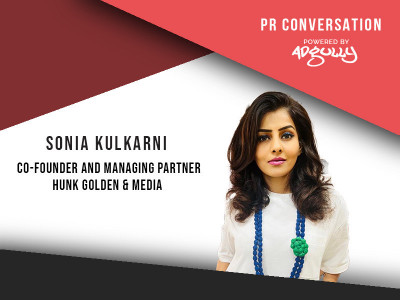
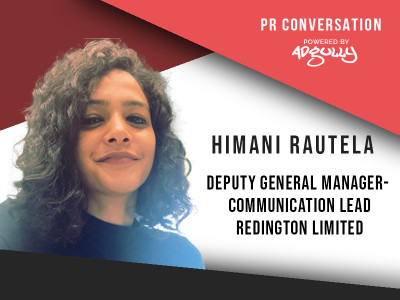

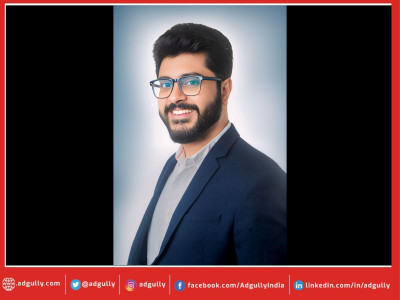
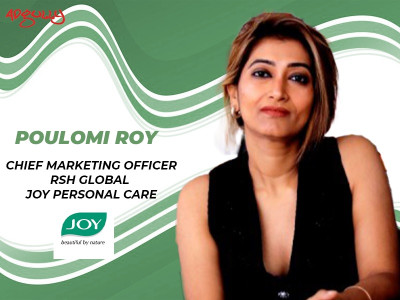
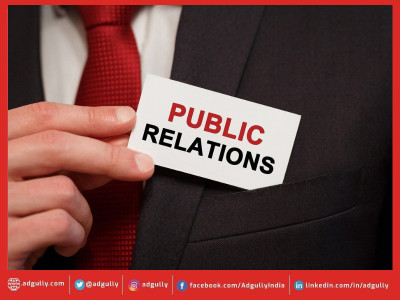






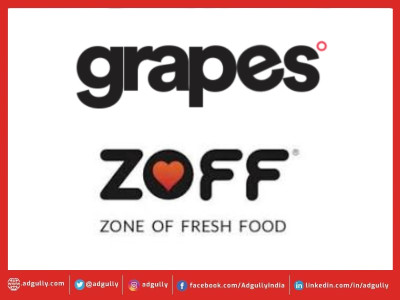


Share
Facebook
YouTube
Tweet
Twitter
LinkedIn